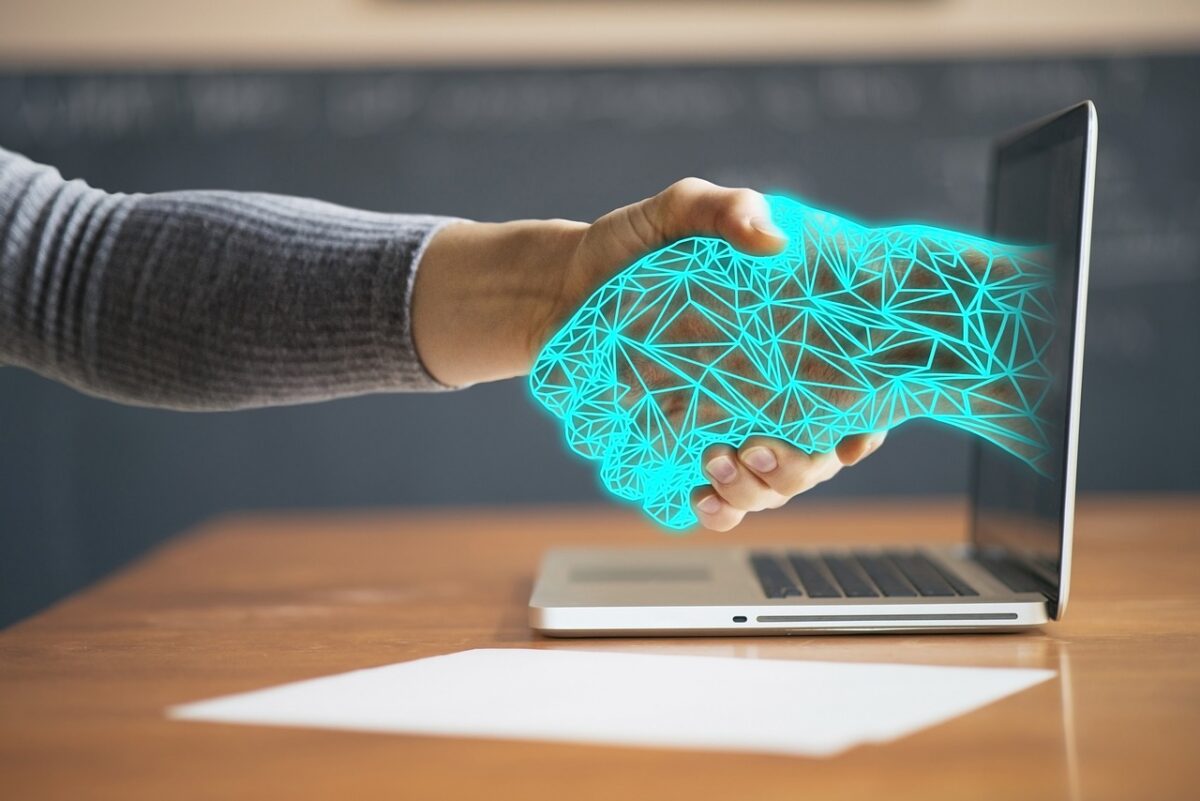RTLS integration with other technologies
2024-03-20

The RTLS (Real-Time Location Systems) technology serves as an increasingly vital tool for location tracking and management in contemporary society. It finds applications in diverse environments such as factories, public transportation systems, security facilities, hotels, and hospitals, with its utility and significance continuing to grow. One of the significant advantages of this technology is its scalability.
RTLS can be adapted to various forms and purposes depending on the environment in which it is deployed. This versatility allows for customized applications across different types of organizations and industries, easily integrating with existing systems and infrastructure. Such flexibility and scalability suggest that RTLS technology can be applied to broader application areas in the future.
The scalability of RTLS also implies its applicability across organizations of varying sizes, from small businesses to large enterprises, and from local facilities to global organizations. Furthermore, RTLS systems can be easily expanded or upgraded to accommodate new requirements, providing flexibility to adapt to changing needs.
For these reasons, RTLS technology is established as a powerful tool that can be flexibly adjusted and expanded to meet diverse requirements of modern organizations. It enables rapid adaptation to changes in industries and markets, enhances organizational efficiency, and provides a foundation for innovative services and solutions. Therefore, the scalability of RTLS plays a crucial role in maintaining and advancing the competitive edge of modern organizations.
Integration with Other Technologies
Integration with Internet of Things (IoT) Technology – Combining RTLS with IoT allows for tracking the location of objects or equipment while simultaneously collecting environmental sensor data. This optimization facilitates resource management within facilities and reduces energy consumption.
Integration with Big Data and Analytics Technology – By integrating RTLS data with big data platforms, large-scale data can be analyzed, and patterns identified. This enables predictive analysis and supports decision-making.
Integration with Artificial Intelligence and Machine Learning Technology – Utilizing RTLS data to train machine learning algorithms optimizes facility operations. For instance, AI can predict traffic flow and adjust transportation schedules.
Integration with Cloud Technology – Storing and processing RTLS data in the cloud enhances system flexibility, allowing real-time access. Additionally, cloud technology improves security and data management.
Integration with Mobile Technology – Combining RTLS with mobile applications provides users with real-time location-based services. For example, smartphone apps can offer indoor navigation, product recommendations, and event notifications.
For further more inquiries, please contact sales@geoplan.kr
태그
GEOPLANRTLSSMARTBUILDINGSMARTSAFETYUWBUWBTECHNOLOGY
News&Blog

